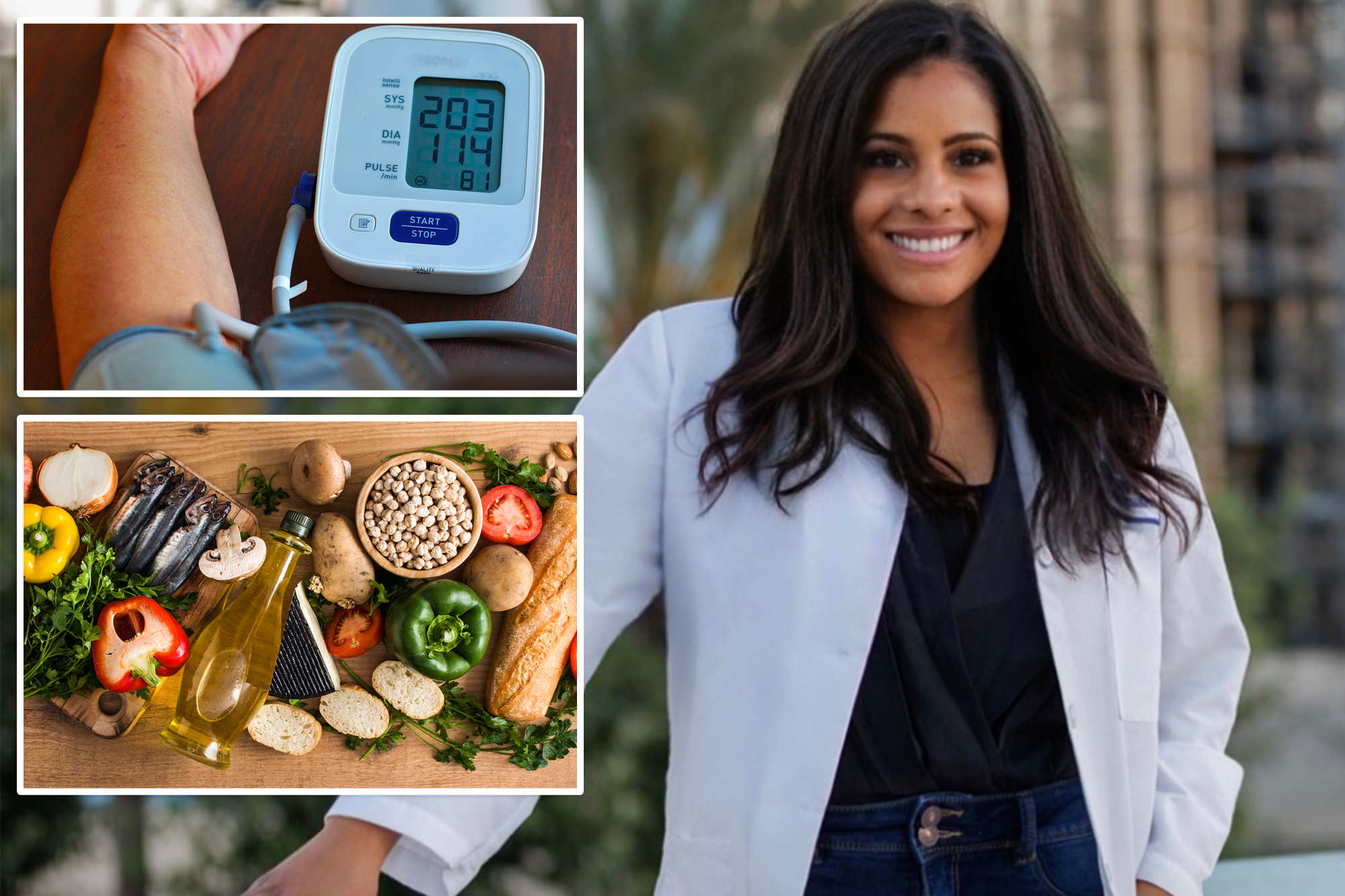
This type of cutting season lasts year -round.
High blood pressure, also known as hypertension, is a common problem affecting about 48% of American adults. About 70% estimated will experience it at some point in their lives.
The “silent killer” damages the blood vessels, raising the chances of suffering a heart attack, heart failure, brain stroke, vascular dementia, kidney disease or eye problems.
Although it can develop at any age, the risk of high blood pressure increases significantly after the age of 45 years.
That is why doctor Ravyn Williams recommends that her patients start randomly checking their blood pressure at home around the age of 40 and even earlier if they have a family history of high blood pressure or if they have diabetes, chronic kidney disease or a heart condition.
It favors two home monitoring products-and suggests four main ways to naturally lower blood pressure.
Two home monitoring tools
Williams likes omron’s blood pressure monitor ($ 89.99) because it is a valuable clinical device that allows two users to store readings, contains a light readable screen, and integrated with the Omron app through Bluetooth.
She is also loving for BPM Connect ($ 109) because it is graceful, mobile, synchronizes data in the Free Withings Health Mate app through Wi-Fi and Bluetooth and integrates well with other tracking platforms.
“These seem to be more reliable and more accurate,” said Williams, who specializes in cardiac electrophysiology in permanent Kaiser in LA, for posting.
Three tips to get your blood pressure
It is easy to steal blood pressure readings at home.
First, Williams suggests the use of a upper -wing cuff monitor than a hand monitor.
Experts note that the arm cuff is closer to the heart, uses a larger artery, and is easier to position a reliable reading.
A proper sitting attitude is also essential for accurate reading.
Williams wants you to sit straight with both flat feet on the ground. Slouching, passing your feet or hanging your feet affects your circulation and can temporarily elevate blood pressure.
You also need to get readings in the morning, afternoon and at night for an average, Williams said.
“In general I would not recommend taking it more than three times all day,” she added.
Beware of these disturbing signs
“If your PB is 130/80 in more than one case, it would promote concern for phase 1 hypertension,” Williams said.
“140/90 is entering Phase 2 range, which requires official clinical evaluation and consideration of treatment options.”
If your systolic number (high number) is above 180 or diastolic (lower number) is higher than 120, Williams require urgent medical attention, especially if you have headaches or changes in your vision.
“The most important thing to consider is if the person has symptoms,” Williams said.
“A low blood pressure itself is not always a cause for the discomfort,” it continued, “however, if accompanied by dizziness, pallor or ease of light, this is much more disturbing than what the number shows.”
She recommends staying calm, repeating readings and documenting trends.
Contact your doctor if abnormal readings continue.
“If unusual symptoms develop,” said Williams, “do not hesitate to continue in the ER.”
How to lower blood pressure naturally
“One of the most immediate and important steps in reducing high blood pressure is to consume an anti-inflammatory diet,” Williams said.
“Dash diet or Mediterranean diet is excellent as the beginning,” she told plants based on dining plans. “If you start to include these types of foods in your daily life, it will turn into a great routine and lifestyle.”
Williams also recommend exercising, as simple as 30 minutes of daily walking, avoiding alcohol and tobacco and reduced your microplasty exposure.
The research has linked these small, ubiquitous pieces of plastic with oxidative stress and inflammation, which can contribute to high blood pressure.
“If lifestyle changes such as exercise and an anti-inflammatory diet do not work,” said Williams, “then there are medicines that have a low-effect profile that are very effective.”
#monitor #blood #pressure #properly #home #red #flags #ignore
Image Source : nypost.com